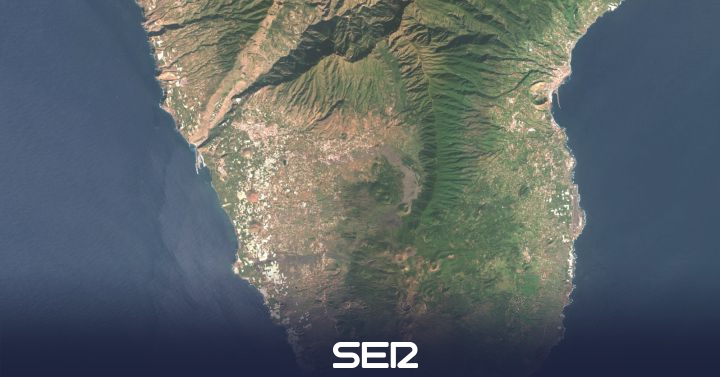La Palma continues to register seismicity although sensitivity has decreased a bit. “The activity is closer to the surface but it is less intense,” say sources from the scientific advisory committee of the Canary Islands Volcanic Emergency Plan (PEVOLCA). Magmatic activity is still active in the deepest focus at about eight kilometers but it has been found that the intensity and number of earthquakes has decreased in recent hours.
Thus, the scientific committee has agreed to recommend that the yellow traffic light be maintained on La Palma pending the evolution of the natural phenomenon. There are still local deformations of the terrain in the vicinity of the area where the earthquakes are located, but there are no great variations either. “There are no significant changes that imply a change in the traffic light, which does not mean that it may occur in the next few days,” these sources tell SER.
In addition, surveillance systems with drone flights and other elements are being reinforced in collaboration with other institutions, including the Cabildo de La Palma. The National Geographic Institute has detected at least a thousand movements since the weekend that have raised the ground by about six centimeters. For the first time, the Volcanological Institute of the Canary Islands has been able to estimate the volume of magma that would be entering the island. According to Involcan’s spokesman, David Calvo, it would be “eleven million cubic meters”, the equivalent of some 3,200 Olympic swimming pools.
In the last hours the IGN has notified two earthquakes: one in Fuencaliente of magnitude 2.2 and another in El Paso of magnitude 2.8
The earthquakes that occurred during the night have taken place in Mazo, Fuencaliente, Los Llanos de Aridane and Tazacorte, many of them at 0km depth, according to data released by the National Geographic Institute. The hypocenters are found under the Cumbre Vieja volcano, generally at depths between 9 and 12 km, although on the last day there are some earthquakes located at a depth of less than 5 km. The maximum magnitude observed so far has been 3.4 on the Richter scale.
–
–


